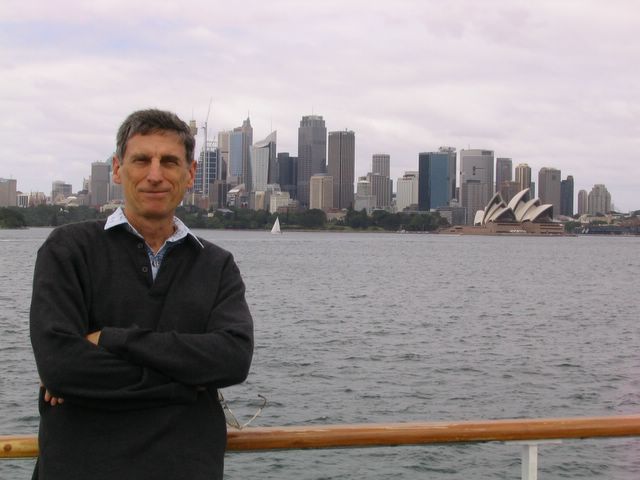
We made our reservation for three nights, to start on Saturday before the Monday event, so as to avoid some of the last minute traffic jams we were sure would develop. As I type this at Big Lake, that was a good idea. We were going to leave on the 11th, and do a liesurely drive up through NoCal and Oregon, but we had forgotten long-ago plans to attend a Diana Krall concert at the Hollywood Bowl with Chuck and Alice. That was a must-do, as they had reserved a Philharmonic League box down close to the stage! Major $$$. The concert was on Saturday night, the 12th, so we spent the prior several days washing the rig, loading it, and doing minor maintenance. After a great time at the Bowl, but getting home near midnight, it was a challenge to roll out the next morning and get underway. Memo to self: Sunday is NOT a light travel day in August on the I-5.

Having spent the wad, we made our way at a steady 61 for the next five hours or so to our first stop, the Kit Fox RV Park in Patterson. Management had locked up early, so we just took the spot that I had been told over the phone a couple of months earlier, ignoring the strident signs warning YOU WILL BE TOWED if you park without paying! So keep your posted office hours, folks. The park is mostly long-termers, but there were a number of overnighters as well, including our novice RV neighbors who entertained us with multiple attempts to back into their space with a very long rental unit. Turns out he’s Australian, she’s English, they live in the British Caymans, and they’re on a ten-day blitztour of upper California.
Not having been towed, we paid the next morning and took off to try to hit the seam between the commuting and lunch traffic in Sacramento, which we did. We had an uneventful drive further up I-5 to just north of Redding. The week before we left, I had read about a great app for downloading audio books, called Libby. I highly recommend it. Great interface, and it works near seamlessly. With it, we can borrow books from our library, and the LAPL is loaded with audio books. So, free app, free books, and Bob’s your uncle. Of course, not everything is always readily available, but we got a couple of works by C.J. Box that are entertaining and not too complex to follow. We put them on Loni’s iPhone as she has 64gigs of memory, so can handle multiple downloads. It really makes the endless I-5 miles go much quicker.
At Redding we stayed at a place we’ve been before, Mountain Gate RV park. Very nice, very clean restrooms and showers, and friendly folk. We also topped off on propane there as we were headed for four days off grid here in Oregon. The best scenery up thisaways is easily Mt. Shasta, and it was still snowy beautiful in August. This from Loni’s cellphone:
Looks like a Japanese painting. From Redding it was I-5 up to Weed, then US 97 north through Klamath Falls (not particularly memorable), skirting Upper Klamath Lake (huge and pretty), then up the valley to the junction with SR 58. Somewhere along the way we stopped at this diner and had a very nice lunch, including home made pie(!). Just about every construction worker in the area was in there. I love the Greyhound bus stop sign by the road.
Going NW on 58, we turned north on county road 46 which took us through a gazillion trees to our campsite on the Crane Prairie Reservoir, just north of the Wickiup Reservoir. The place was virtually deserted, with no one else in our loop, and just a couple of unseen/heard souls in other loops, which were widely separated by forest.

We debated a lot about the mountains we could see across the lake, but finally decided we were looking at South Sister (with all the snow), Broken Top, center, and don’t know. All subject to revision until we can get back and check our detailed Oregon mapbook, which, of course, I left at home.
Anyway, it was a beautiful vista.
We did a lot of walking around and reading, and just decompressing from the drive up. My allergies at night were pretty bad (pine trees??) and I had a lot of trouble sleeping. Too quiet? In one of our strolls we found these memorials affixed to the trees. Guess someone’s grandparents really liked the place.
The second afternoon we were joined by a couple who were touring on bicycles. Oof. They looked mighty tired when they pulled in, quickly set up their tent, ate something cold, and crashed. I almost felt guilty sitting in the relative luxury of the rig. But we long ago paid our tent dues, albeit without chuffing around the country on bikes. We left the campground and continued north on County 46, which goes up and around Mt. Bachelor, a big ski area. A pretty drive, especially the little jewel that is Devil’s Lake and the view across to Bachelor.
It was good to be reminded of why we bought the rig. It’s been too long since our last real trip.






















































